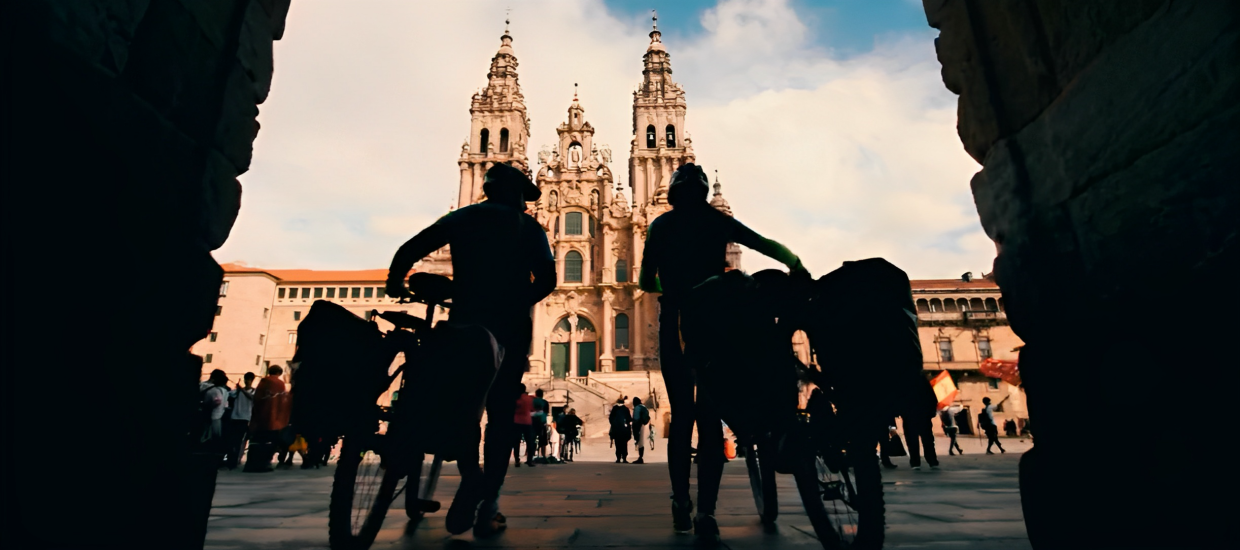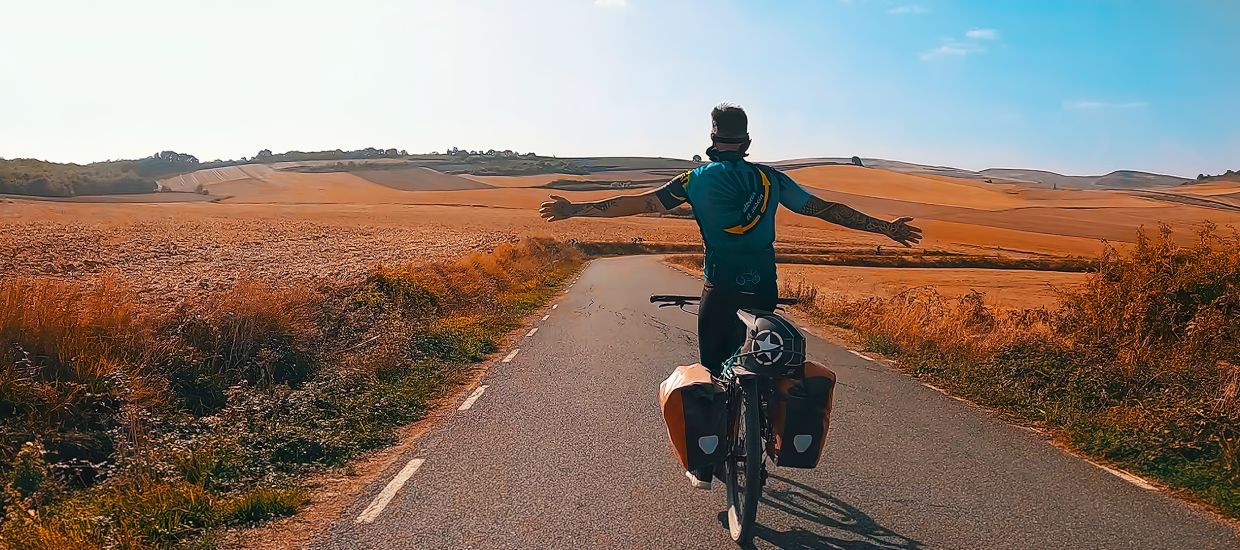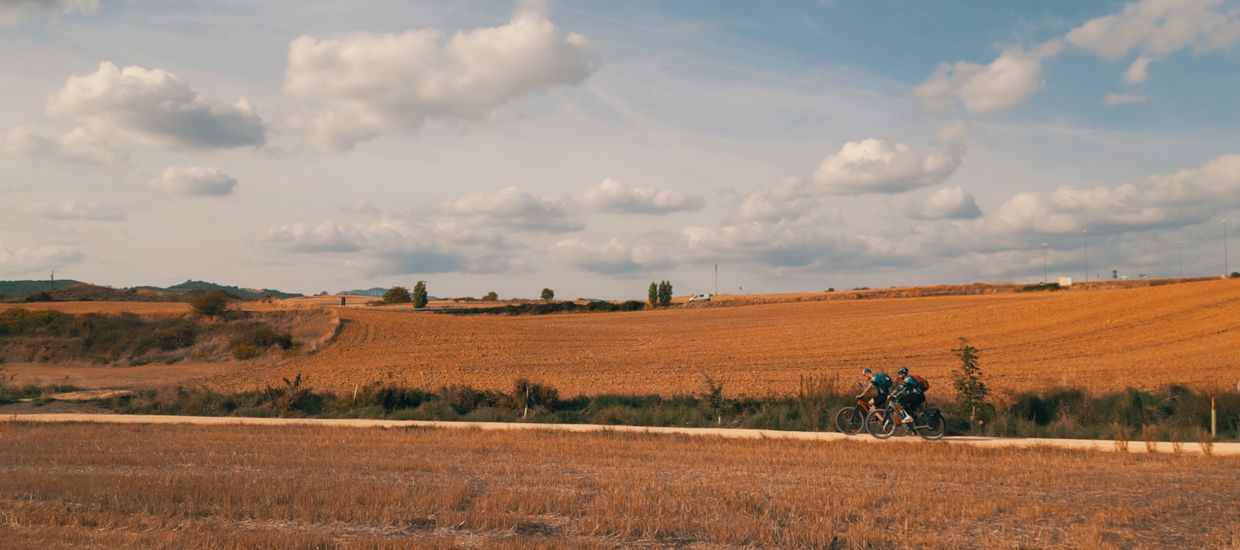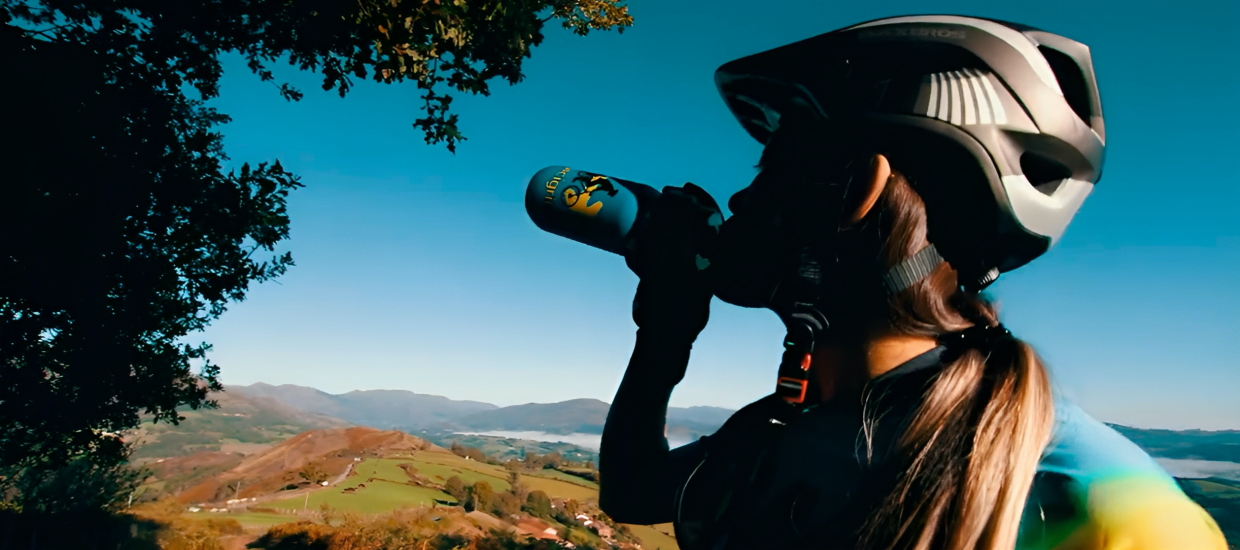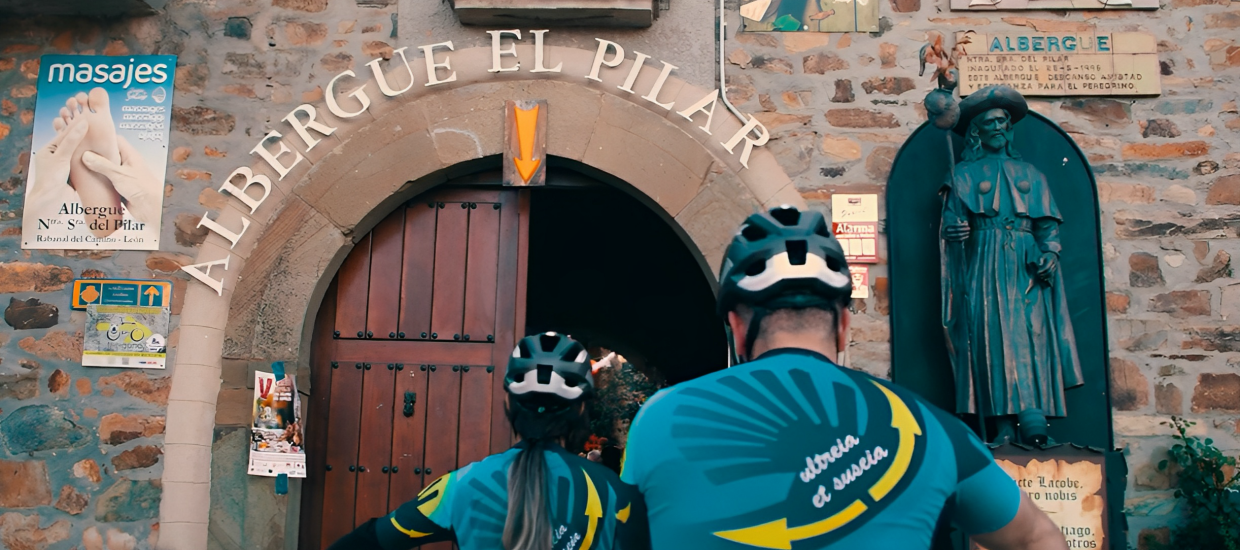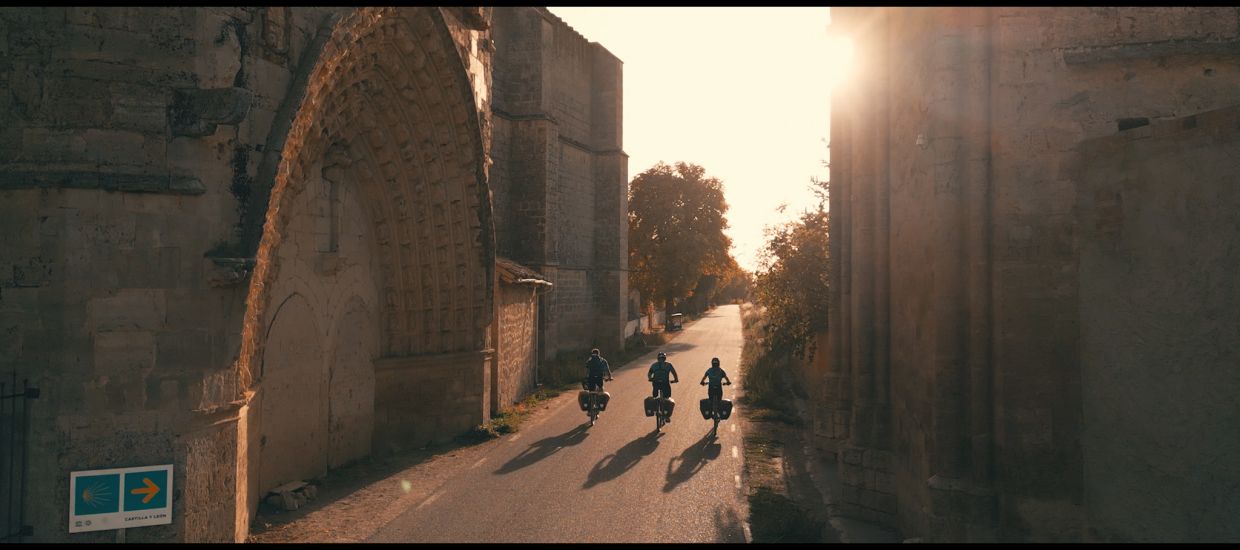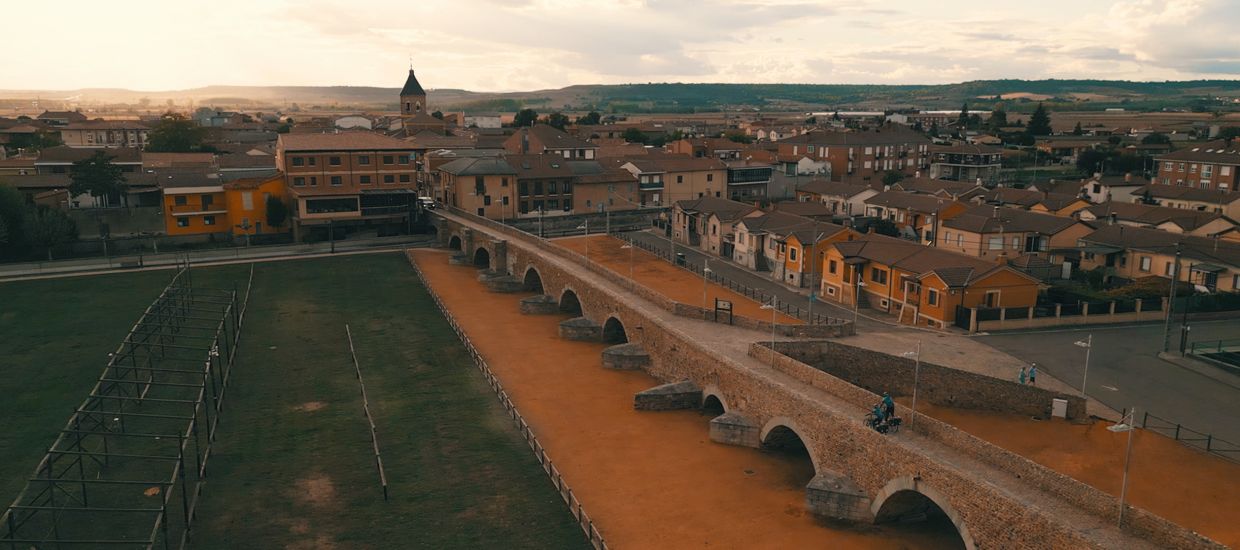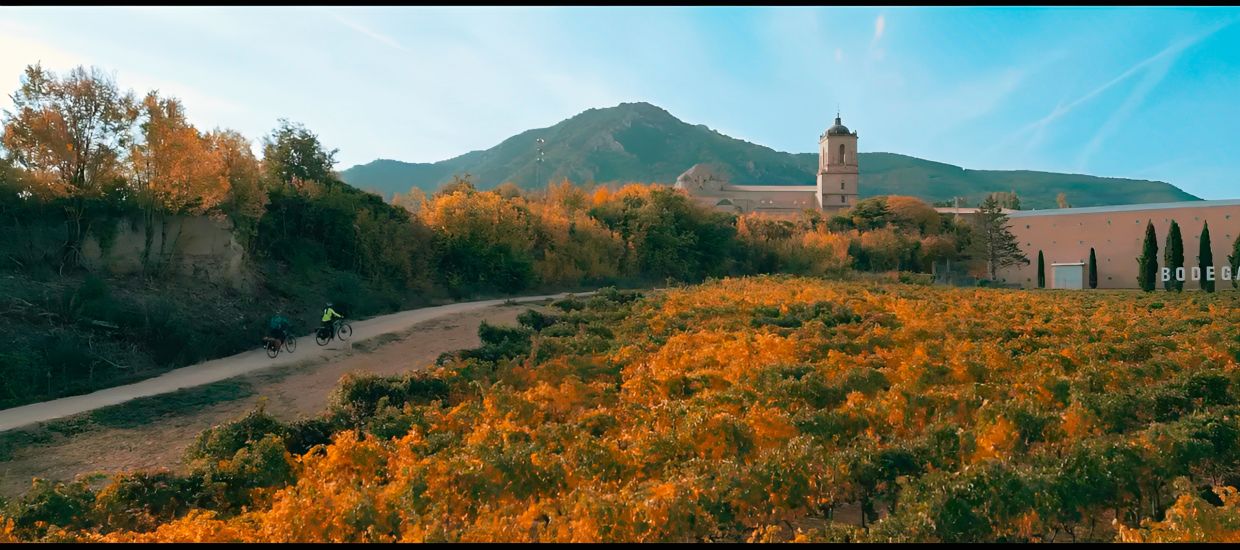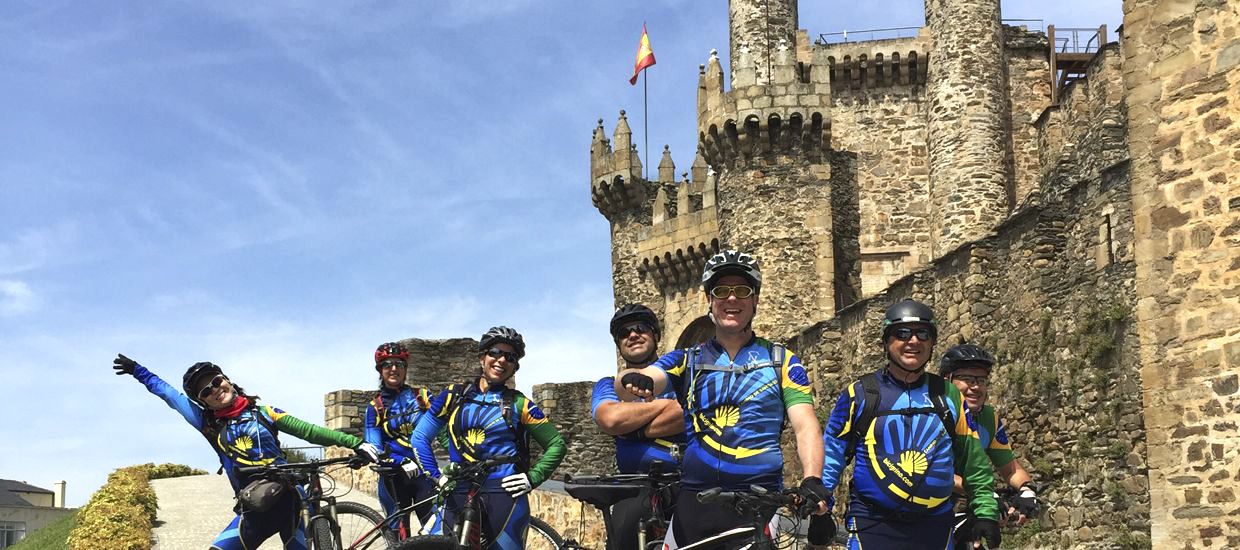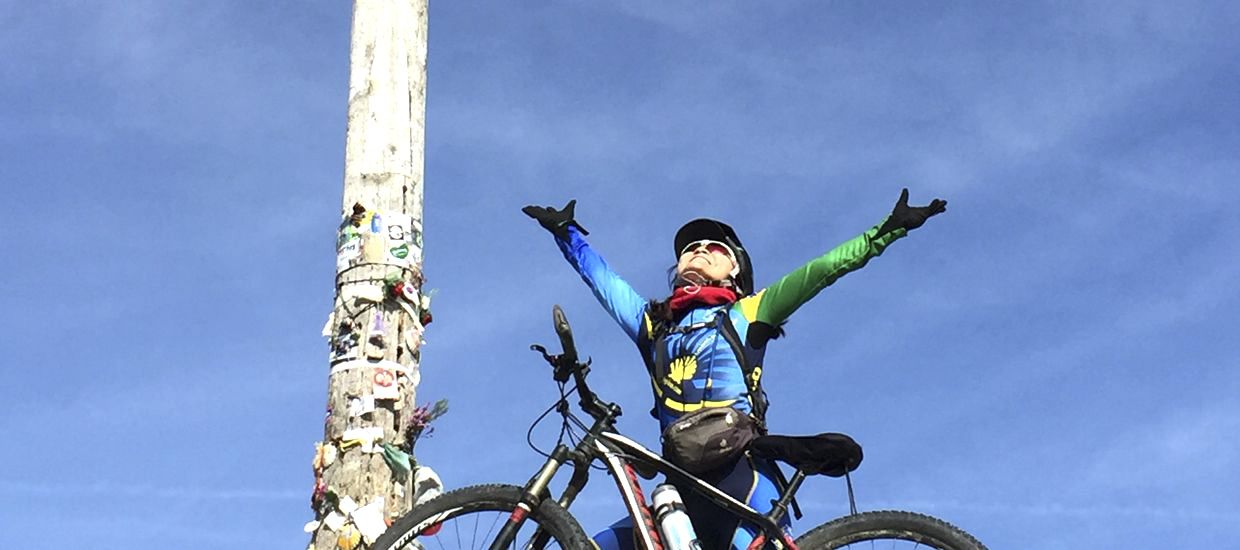Stage 2, Zubiri – Puente la Reina
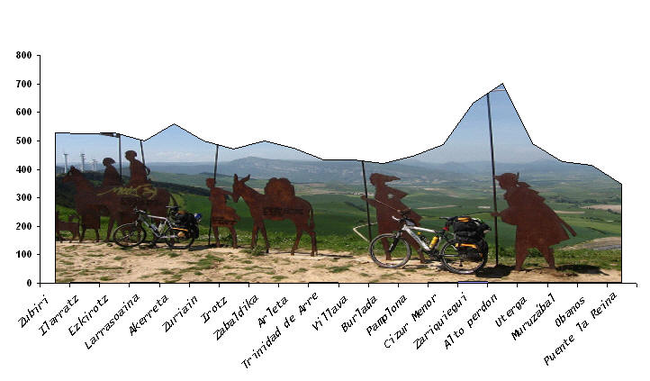








At the exit of Zubiri and after crossing the famous bridge of rabies, we retook the Camino and went through a wooded area that required us to go past a factory of magnesites and cross the hamlets of Ilarratz and Ezkirotz to ultimately arrive to the town of Larrasoaña.
We went through Larrasoaña and continued by a local road that is on the bank of the river that accompanied us during most of this stage (Arga river) to Akerreta. From there the Camino enters a lush forest and a small path that runs along the river Arga until Zuriain is reached, (on my trip I found a lot of mud in this area) then we crossed a bridge and followed the path through a road stretch.
We went off the road through a path to the left and after crossing the river again we reached Irotz.
The next village is Zabaldika and approaching the metropolitan area of Pamplona we have two alternatives when arriving to a sitting area with tables and grills (both are marked with yellow arrows). Take the right path, initially in steep climb to go through Trinidad de Arre, Villava and Burlada (this last stretch to Pamplona is not really beautiful) or continue through a cement trail and a road to Huarte, where later we will devise a beautiful riverside ride to Puente de la Magdalena and across it, to the very walls of Pamplona, entering the old town by the Portal of France. Both options have hostels in case that our lack of strength stops us from being able to reach Pamplona.
Already in Pamplona, yellow arrows lead us to the Cathedral, and from there we access the area containing the streets of the running of the bulls and the Town Hall Square.
We continue the route through a very commercial street where you can buy the products that you need, in my case it was a hat (that I needed more and more as the time was passing) and a blanket to sleep comfortably at hostels.
From here we left Pamplona through its university campus, where we got our credentials sealed. Here I met my friend José Antonio, a real wise man in terms of the jacobean route. He suffers from what he calls the virus of Camino de Santiago.
4.7 km after the exit of Pamplona we got to Zizur Menor and continued straight to the side of Mount of Forgiveness (Monte del Perdón), which we accessed after crossing the town of Zariquiegui, to which we arrived after passing a steep slope. From Zariquiegui the route climbs up until we find the windmills and the famous monument to pilgrims.
From here you can enjoy a spectacular view of the path left behind and the one that awaited in the valley and that would lead us to Puente la Reina.
The descent is full of loose rocks (boulders) and clamp steps are placed in some sections of the ground, which can make the descent a little dangerous, especially for those who are not used to cycle through mountain paths. I recommend caution.
We arrived at Uterga and headed to Muruzabal where we found access to a path (ask the countrymen, no yellow arrows) that would lead us to the chapel of Santa Maria de Eunate, which is 2 km away from the town (we can not miss the oportunity to visit it). It is a beautiful Romanesque church right at the end of the Aragonese Way. Once on the route and following the yellow arrows, we headed to Óbanos and from there to Puente la Reina, the end of our stage.
When entering Puente la Reina, a monument to the pilgrim signals us the place where the Aragonese Way and the Camino Navarro join. Just at the entrance of the village you can find the hostel of the repairer fathers, normally occupied by pilgrims on foot. For cyclists is much more advisable to pass through the town and, right after the famous medieval bridge, to get to the private hostel of St. James (Santiago Apóstol), where after overcoming the steep slope a nice cold glass of water will be waiting us.

Earth

Tracks GPS
